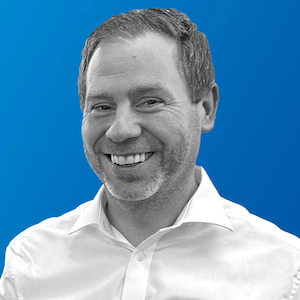UII UPDATE 304 | NOVEMBER 2024
Intelligence Update
Why technology business management does more than FinOps
21 Nov 2024
7 min read
The delivery of any application requires an assortment of technologies and skills. A simple website requires data center infrastructure, server hardware, operating system and middleware licenses, as well as employees to manage each of these layers of the stack.
In the cloud, the practice of FinOps (short for financial operations) is gaining traction as a means of tracking and managing costs. For a broader view of all IT costs, however, many larger enterprises are adopting technology business management (TBM) frameworks, practices and software.
Request an evaluation to view this report
Apply for a four-week evaluation of Uptime Intelligence; the leading source of research, insight and data-driven analysis focused on digital infrastructure.
Already have access? Log in here
Posting comments is not available for Network Guests
